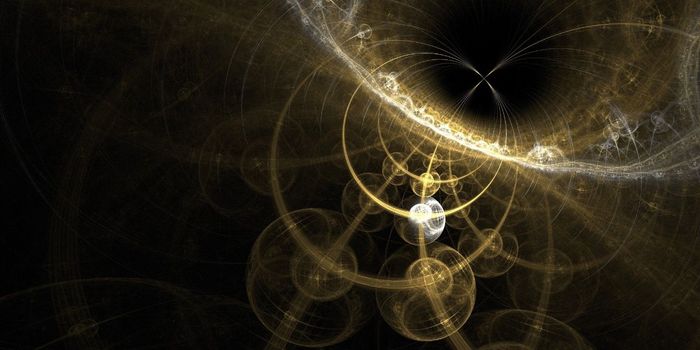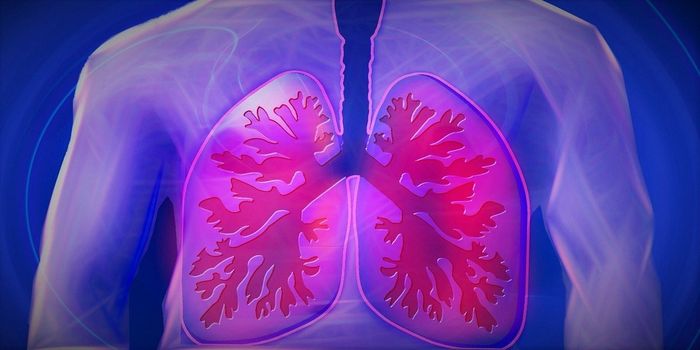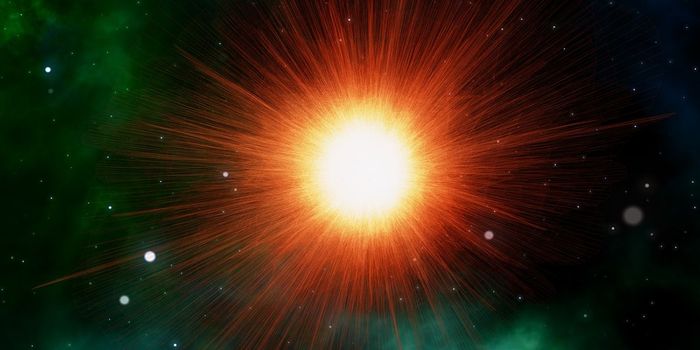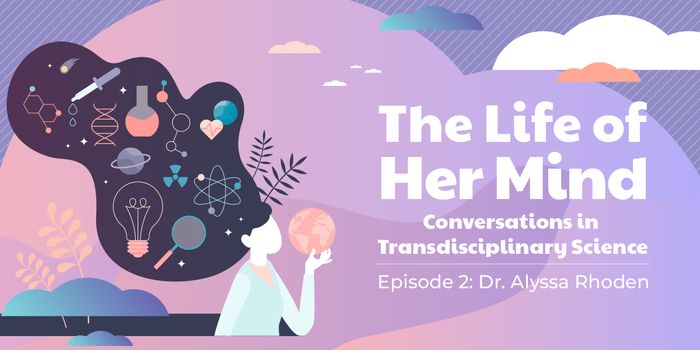Even before modern medicine, physicians figured out that blood was essential to life and could be given to enhance or cure certain conditions. While it took a while for them to understand how it works, physicians eventually arrived at human blood transfusions - the process of receiving another's blood into the bloodstream.
Even with the right techniques, doctors were still puzzled at why some transfusions worked while other failed. As it turns out, blood is more complex than the red blood cells would have you believe - antibodies and Rhesus (Rh) factors in a person's blood make up a specific profile, which has to be matched with donated blood to be successful. This is why every donated blood sample gets tested and verified to ensure only the compatible type will be given to people in need.
Transfusions are now a common procedure, performed on some 5 million Americans every year. But the supply of available blood is always low. There is yet no substitute for human blood, thus life-saving transfusions largely depend on blood donations. So, watch the video and consider donating blood at your next local blood drive!








